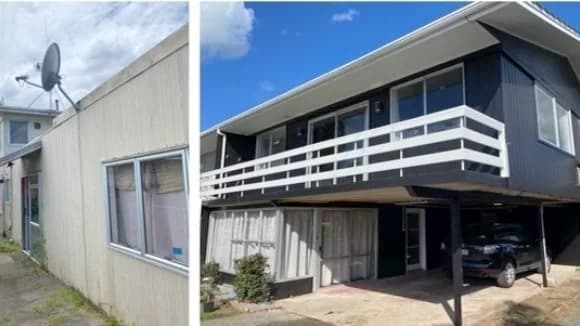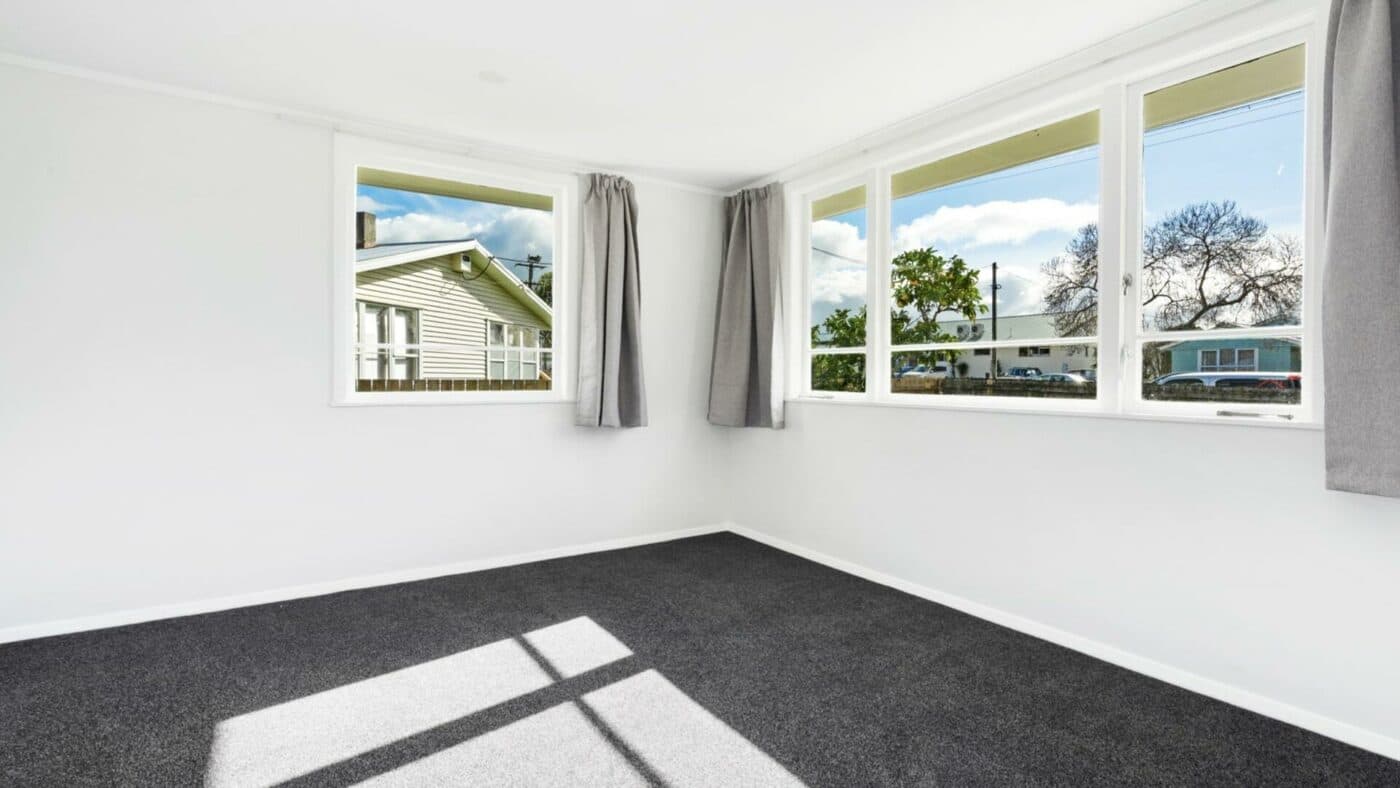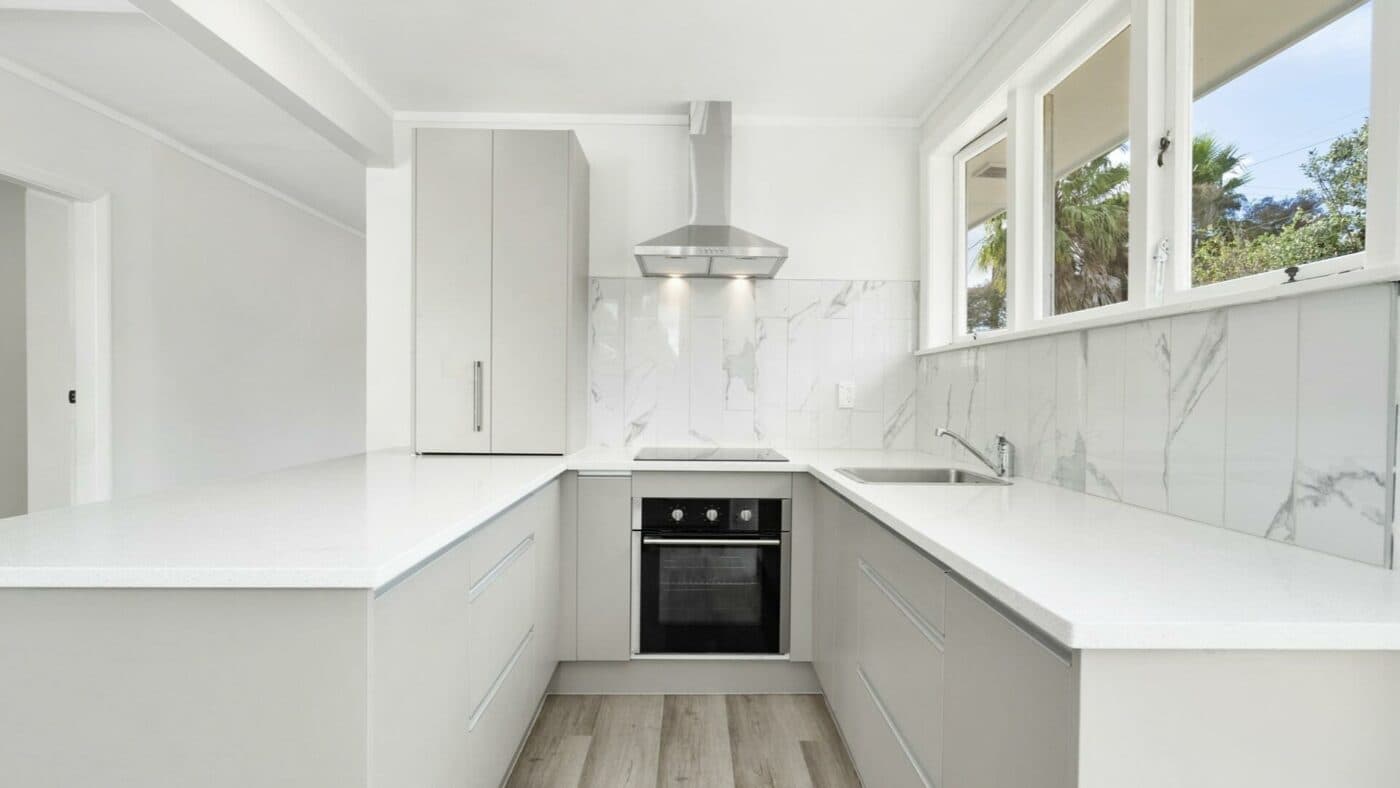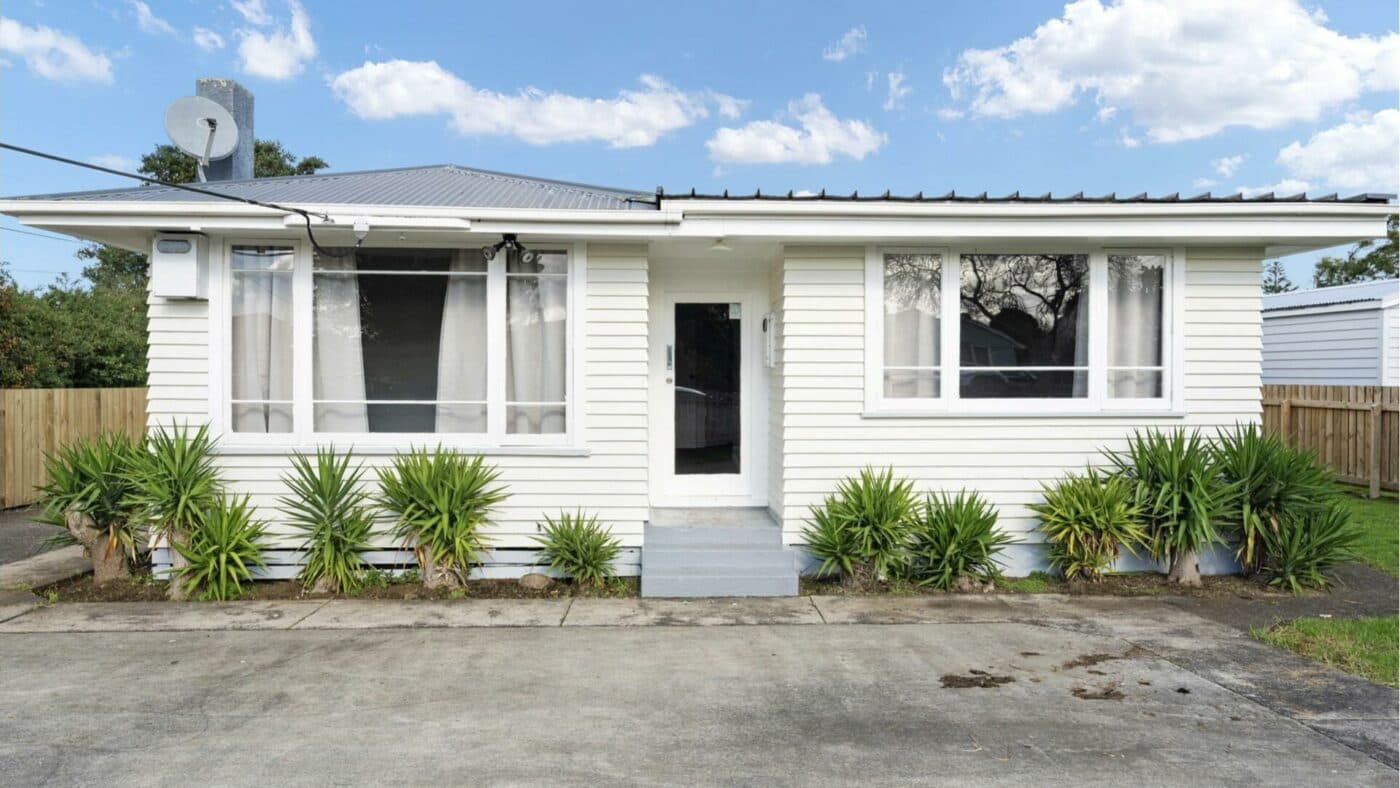
BRRRR
The ultimate guide to the BRRRR strategy
The BRRRR strategy is game plan for how to quite literally, build equity and value into a property through renovation improvement.
BRRRR
6 min read

Author: Ilse Wolfe
Former Renovations Coach at Opes Accelerate. Property Investor for 15 years.
Reviewed by: Laine Moger
Journalist and Property Educator, holds a Bachelor of Communication (Honours) from Massey University.
Most investors want to know: “How much does it cost to renovate a property?”
Most property investors will spend significantly less when renovating a rental property compared to a Kiwi renovating their own home.
And the numbers in this article will probably surprise you.
That’s because to get the best returns you must balance the cost with the return you’ll get.
The investors I coach typically spend $60k-$80k on a renovation. And these days, you shouldn’t expect to pay any less than $50k.
That’s the cost to Cashflow Hack a property – my 6-step approach to turbocharging any BRRRR project. In this article, you’ll learn the ballpark costs for each step.
Adding an extra bedroom ranges from $8k to $60k.
Where your renovation sits within that range depends on the kind of house you buy and where you put the extra bedroom (e.g. dining room vs garage).
For example, if you buy well, a simple internal dining room conversion can be done for $8k-$10k, and take only a few weeks.
However, if your renovation is more complex, the cost will increase.
That could happen if you need to add a second wall (or move one) in the dining room to create that internal bedroom.
Every time you add complexity you get closer to needing council consent, which adds time and cost.
At the other end of the scale, converting a garage into a bedroom(s) can easily cost $60k.

Step 2 of the Cashflow Hacking process usually turns your property into a multi-income rental.
This can be done by dividing your property so that it can now house two families. Or, you might renovate your property to turn it into a room-by-room rental.
I’m mentioning it here since it is the second step I usually discuss.
However, this is also the most expensive. It can cost $200,000-$250,000 and take a year to complete.
That’s why most investors are skipping this step in today’s market. So I have not included this step within the $60k-$80k budget mentioned earlier.
If you keep the layout the same – or very similar – you can get a brand-new kitchen or bathroom with a relatively small budget.
I budget $15k for a kitchen renovation, though I typically plan to spend much less.
The extra buffer is to cover unseen costs that show up in the walls … or the plumbing.
People look at me like I’m nuts, but I stand by the fact that a kitchen renovation can cost as little as $6k.
It’s worked for me for many years and hundreds of renovation projects.
But you can only achieve that low cost if you keep the layout as it is and upgrade the existing kitchen cabinets (rather than replacing them all).
It gets up to the $15k mark if you have to reline the walls or find issues when you remove the current wall lining (e.g. if you have to replace old electrical wiring).
If you keep all the plumbing and electrics where they are, you can have a brand new kitchen in 2-3 weeks.
When it comes to the bathroom, this typically costs $10k-$12k.
The bulk of this will go to your builder, plumber and electrician. Together they typically cost $8k-$10k for a bathroom renovation.
But then you also need to factor in your materials (e.g. a new shower box). That’s where the extra $2k comes in.
You can keep costs down if you buy your materials at Bunnings and hand them to your tradie to install.
That’s instead of hiring a tradie and asking them to provide the materials. (They will mark up the price if they buy the materials for you).

Upgrading small items (e.g. door knobs, switches and lights) can be cheap. They don’t cost much, and you can buy them from your local hardware store.
But if you hire a professional tradie to install them, the labour costs quickly add up.
For instance, depending on the job size, it can take an electrician 2 days to complete your light rewiring.
At $100 an hour, the price of labour can end up costing $1,000-$3,000.
One investor I worked with saved $1,500 on labour by screwing in the doorknobs and handles himself.
Or alternatively, if you’re on a budget an excellent way to keep costs down is to ensure you keep all the same light fittings. Or, stick to one powerful central light.
I typically budget $1,000-$4,000 to replace all fixtures and fittings.
If you hire a professional painter, budget between $10k and $20k to repaint the internal walls of your property.
On the lower end, that budget breaks down into:
But the cost depends on how difficult it is to paint different walls and what’s currently on them.
For instance, let’s say you have old wallpaper with bumps or the wallpaper is lifting away from the wall.
That will likely cost around $20k for a professional repaint.
However, if the wallpaper is smooth, the painter may be able to paint directly over it. That brings the cost down to approximately $10k-$15k.
The least expensive scenario is if your property has no wallpaper at all. Instead, the walls are already painted – so a light top coat will do. This costs around $10k.
However, the cost can vary based on who you use. So it's a good idea to get 2 or 3 quotes.
Flooring is priced per square metre. The larger your floor plan – the higher the cost.
On top of this, the cost of flooring has escalated. These days, you will likely spend $8k-$9k on vinyl and re-carpeting.
But remember, you don’t always have to buy new carpet. Sometimes you can bring it back to life through a commercial clean. This can add enormous value at a low cost.
One way to make this cost go a little further is to increase the areas where you have vinyl – like in hallways and living areas.
To help manage the costs, asking for different options when getting professional quotes is a good idea.
Existing hardwood floors will require sand and polish, often per square metre. But comparatively speaking, the cost between doing this and installing new carpet is usually the same.

All things considered, $65k is usually the sweet spot for a full Cashflow Hack. However, this will, of course, vary.
Typically the investors I coach at Opes Accelerate spend $60k-$80k.
Some people will look at that cost and think it’s on the low side.
But remember, it’s about improving rental properties through cost-effective and durable renovations. It’s not about turning your rental property into a dream home.
This article is for your general information. It’s not financial advice. See here for details about our Financial Advice Provider Disclosure. So Opes isn’t telling you what to do with your own money.
We’ve made every effort to make sure the information is accurate. But we occasionally get the odd fact wrong. Make sure you do your own research or talk to a financial adviser before making any investment decisions.
You might like to use us or another financial adviser